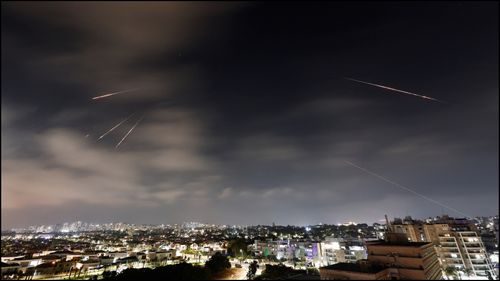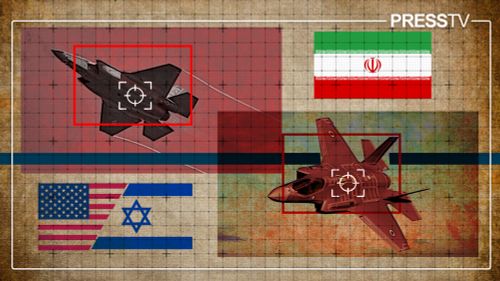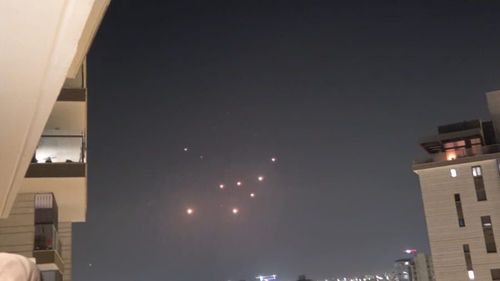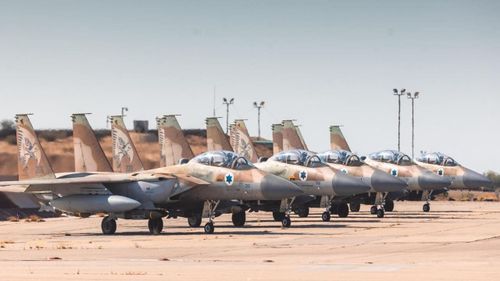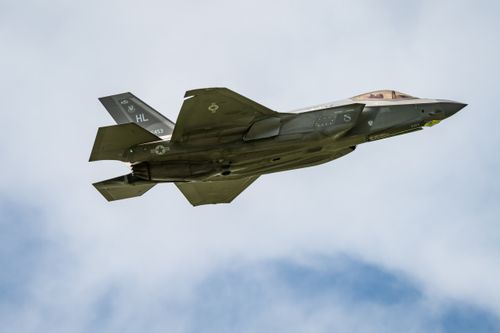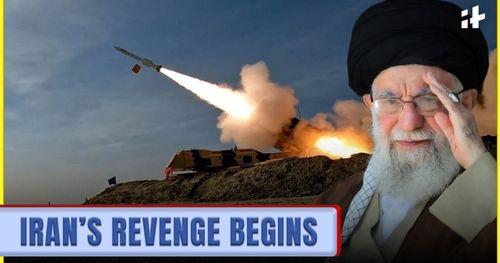Tehran is burning: Significant strike in Iran’s capital

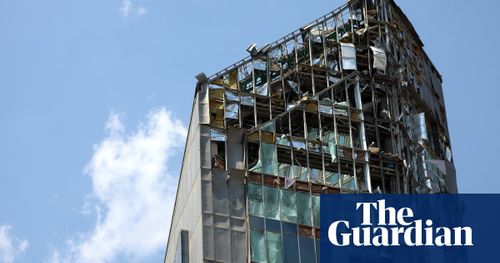
The mutual threats reflected the risks of a dramatic escalation in the conflict, as US-Iranian negotiations planned before the war in Oman were abandoned after Tehran said they would be “meaningless”, and Israel appeared to target Iran’s gas industry. Israeli rhetoric reflected its leaders’ growing confidence that they have gained the upper hand, and raised questions over whether Israeli war aims could go beyond the stated objective of crippling Iran’s nuclear programme.
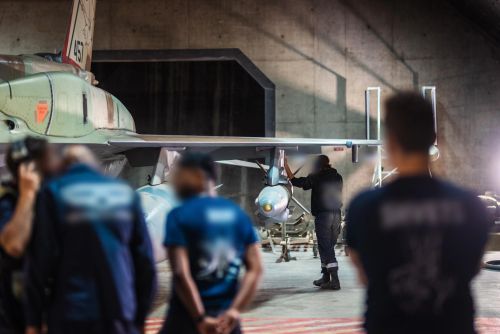
The Israeli Air Force has gained sustained control over Iranian airspace following a series of coordinated strikes targeting Tehran’s air defense systems, military bases, and launch sites, according to Israeli military officials. After a major opening salvo in the early hours of June 13, Israeli aircraft have continued operations deep within Iranian territory, systematically eliminating surface-to-air missile (SAM) systems and neutralizing military facilities deemed capable of threatening Israeli forces or territory.

Israel has forged an unrestricted aerial route to Tehran in Day 2 of Operation Rising Lion, enabling frequent and precise strikes against Iranian targets – a transformative development in regional air superiority. On Saturday afternoon, IDF Spokesperson Brigadier General Efi Defrin explained the strategic approach that secured these operational advantages. "Overnight, 70 fighter jets attacked Tehran, hitting more than 40 targets," Efi Defrin said. "Dozens of aircraft moved freely, thanks to our opening strikes. We've achieved aerial dominance. Tehran is no longer untouchable."


